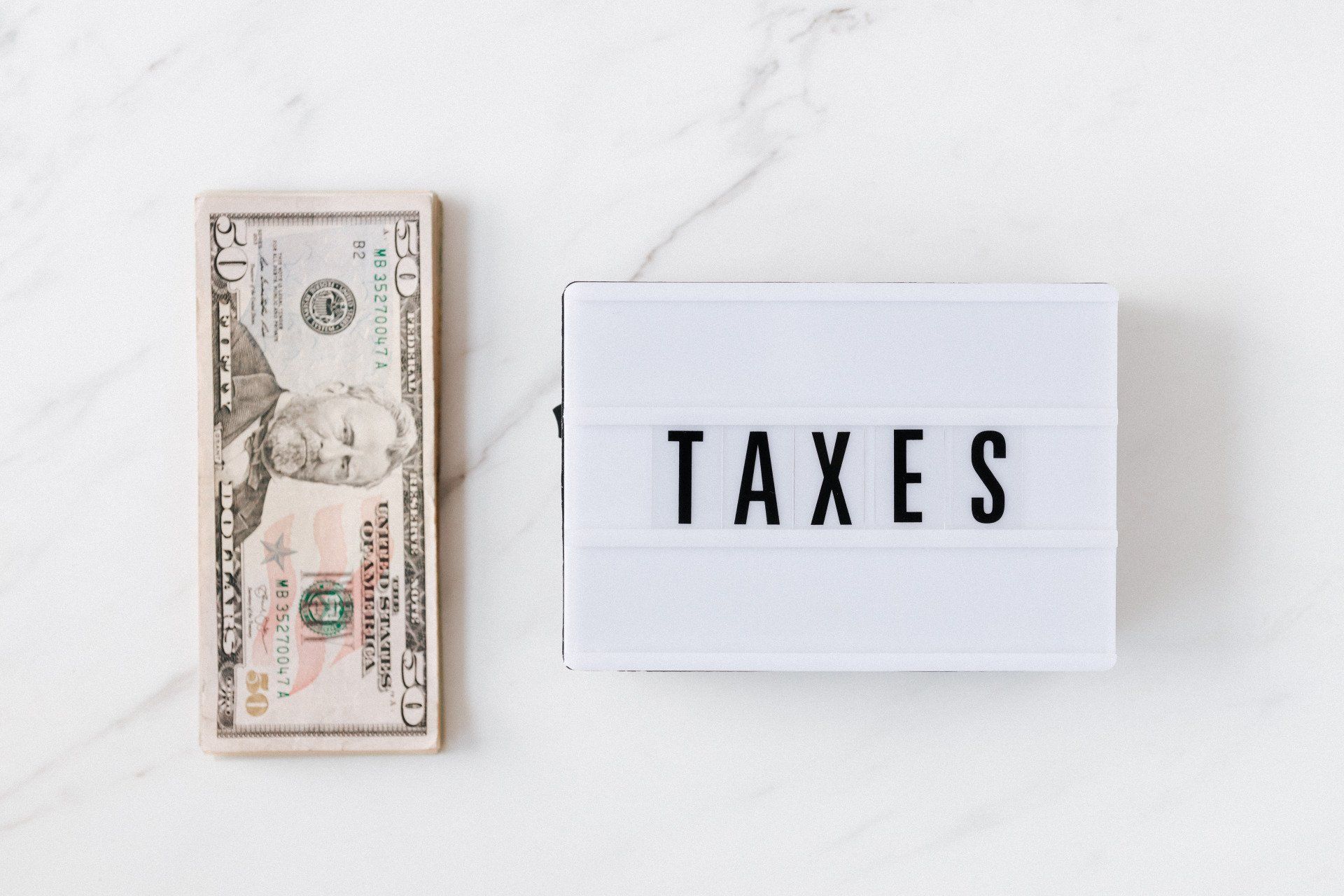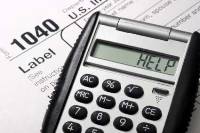




Fill out our short questionnaire to see
if we are a good fit!
Have you ever wondered about estimated tax payments, and if/when they affect you? Although you may never have had to worry about them before, a change in your income/situation may put you in a position of needing to make these payments during the year. If you fail to make estimated payments (and therefore fail to pay taxes on your income as you earn it), you may be in for a nasty surprise come tax-time – a hefty tax bill along with an unwelcome penalty from the IRS.
Who is required to pay estimated tax payments?
You are required to make quarterl y estimated tax payments if both of the following apply:

a) 90% of the tax to be shown on your current year federal return, or
b) 100% of the tax shown on your prior year federal return
Most taxpayers who are subject to making estimated tax payments are those who have a large amount of income on which there is no tax withholding, including interest, dividend, capital gains, rental/royalty, or business income. If you receive your main income as an employee who receives a W-2, chances are you won’t be subject to this requirement, because your employer should already be withholding the proper amounts from your paychecks. Obviously this won’t apply if you also have significant income from other sources like those noted above – in that case, you will still likely have estimated payments to make, unless you increase your W-2 withholdings enough to cover any additional tax liabilities. Make sure to double check with your employer to ensure that the correct information is being used to calculate your tax withholdings.
What information do I need?
In order to determine the proper amount of estimated tax payments to make, you’ll need to approximate your adjusted gross income, taxable income, taxes, credits, and other deductions. Start with your prior year return information, and make changes based on what yo u know will be different . Form 1040-ES, which can be found on the IRS website, includes an Estimated Tax Worksheet to help you with this process.
When should I make my payments by?
Estimated tax payments are generally made in four installments. Payments are due by April 15 th , June 15 th , September 15 th , and January 15 th of the next year . These dates are based on quarterly payment periods (you pay tax on income earned during each applicable quarterly period); however, notice that the payment due dates aren’t all three months apart. As a side note, you are not required to make the final payment on January 15 th if you file your current year tax return by February 1 st and pay the entire balance due with your return.
Where/How do I make my quarterly estimated tax payments?
There are various ways of makin g estimated tax payments for the current year , including:
Why should I consider making estimated tax payments?
As noted above, it’s important to pay attention to any changes to your income and overall situation, because penalties and interest can add up quickly. Penalties/interest are calculated based on the number of days you are late – so, e ven if you’re already behind , don’t panic! You can address the situation now and minimize the amount of penalties you are hit with.
Furthermore, getting on track of making proper and timely estimated tax payments may help you in the long run. Getting hit with a large tax bill on April 15th is no fun, and by breaking your tax liability down into four installment payments you may be doing yourself a big favor in forcing yourself to set those funds aside and have them available to make your payments (while simultaneously keeping the IRS happy!). This can help you to avoid a “snowballing” problem in the future – if you end up with a large bill that you cannot pay all at once, and you get on a payment plan with the IRS, it can be difficult to play catch-up. Essentially, staying on top of your estimated tax payments, if nothing else, requires you to be more disciplined and aware of your tax responsibilities as a taxpayer and/or business owner.







